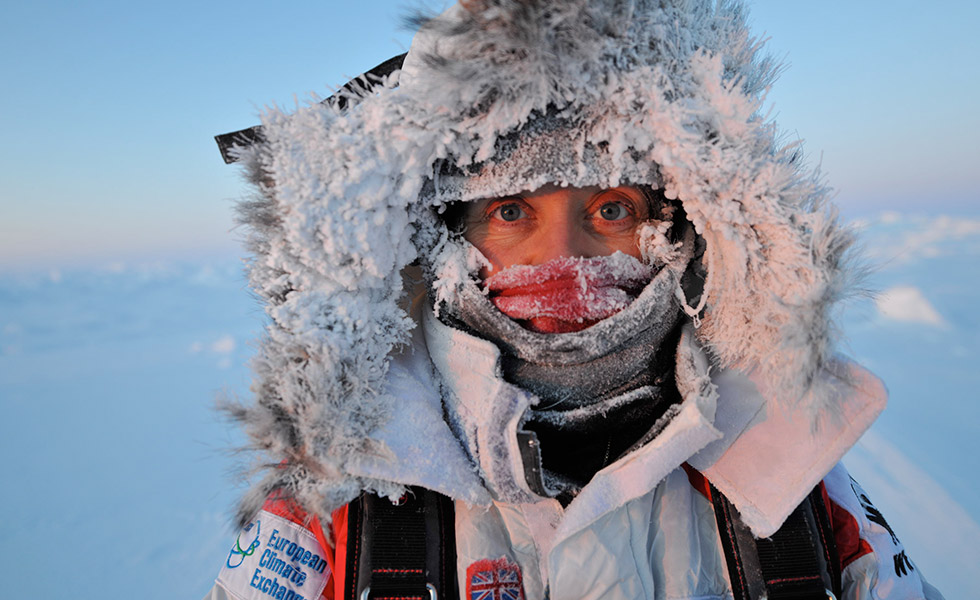I was a little bit reticent when Pen Hadow asked me to lead an expedition across the Arctic Ocean. After all, Pen was the first man to trek solo and without re-supply from the coast of Canada to the North Pole. But I was going to be the one at the front of his team: route finding; testing all the ice; making sure the way was safe and swimming across all the open water first. In effect I’d be leading the leader. Maybe I wouldn’t be up to the job? Or perhaps Pen would be at the back not liking my decisions. Yet, he was doing ‘the science’ on this trip: that was his job. And - as I was to quickly learn - we all had roles we needed to fulfil to make this unique scientific expedition across the frozen ocean a success.
The Catlin Arctic Survey was a three-year scientific study put together by Pen. It involved a long expedition conducting a lengthy transect across the Arctic Ocean. This was something that the science team couldn’t do from a base: they could study around the edges of the icecap but to do a long transect across the ocean itself pulling sledges really does need the expertise of polar explorers. This was the task of a three-person team, with my role out in front scouting the way; Pen at the back doing the survey and in the middle was Martin Hartley, the expedition photographer. The reason we took a photographer was because it’s all very well discovering the science of what’s happening on the face of the Arctic Ocean but if you don’t communicate your findings with the general public - you don’t tell them your story through photographs and video - then nothing would ever get done as a result of your efforts.
We had all set off slightly nervous about how this trip would go: on top of the usual stresses and requirements of polar travel we would also have the added duty of regularly drilling through the ice, obtaining samples to measure the thickness of the North Pole ice cap. I’d never been with guys on a team before either; all my previous trips had been all-female expeditions. I’d guided men before, but I think that’s still a very different concept to doing a serious 74-day-long expedition in the Arctic. Added to all this, the three of us had initially set out with completely different personal agendas. Mine was to get as close as possible to the North Pole, so I was always wanting to ski faster and harder and try and get there. Whereas Martin obviously needed time to take really great photographs, and Pen periodically had to stop to drill through the ice, take readings and measure pressure ridges.



















